Mean of Ungrouped Data
The mean of data indicate how the data are distributed around the central part of the distribution. That is why the arithmetic numbers are also known as measures of central tendencies.
Mean Of Raw Data:
The mean (or arithmetic mean) of n observations (variates) x1, x2, x3, x4, ....., xn is given by
Mean = x1+x2+x3+x4+....+xnn
In words, mean = Sum of the VariablesTotal Number of Variates
Symbolically, A = ∑xin; i = 1, 2, 3, 4, ...., n.
Note: ∑xi = nA, i,e., sum of variates = mean × number of variates.
Solved Examples on Mean of Ungrouped Data or mean of the Arrayed Data:
1. A student scored 80%, 72%, 50%, 64% and 74% marks in five subjects in an examination. Find the mean percentage of marks obtained by him.
Solution:
Here, observations in percentage are
x1 = 80, x2 = 72, x3 = 50, x4 = 64, x5 = 74.
Therefore, their mean A = x1+x2+x3+x4+x55
= 80+72+50+64+745
= 3405
= 68.
Therefore, mean percentage of marks obtained by the student was 68%.
2. Sachin Tendulkar scores the following runs in six innings of a series.
45, 2, 78, 20, 116, 55.
Find the mean of the runs scored by the batsman in the series.
Solution:
Here, the observations are x1 = 45, x2 = 2, x3 = 78, x4 = 20, x5 = 116, x6 = 55.
Therefore, the required mean = x1+x2+x3+x4+x5+x66
= 45+2+78+20+116+556
= 3166
= 52.7.
Therefore, the mean of the runs scored by Sachin Tendulkar in the series is 52.7.
Note: The mean of the runs scored by the batsman in six innings indicates the batsman's form, and one can expect the batsman to score about 53 runs in his next outing. However, it may so happen that the batsman scores a duck (0) or a century (100) the next time he bats.
3. Find the mean of the first six whole numbers.
Solution:
The first six whole numbers are 0, 1, 2, 3, 4, 5.
Therefore, the mean = x1+x2+x3+x4+x5+x66
= 0+1+2+3+4+56
= 156
= 52
= 2.5.
4. The mean of 6 variates is 8. Five of them are 8, 15, 0, 6, 11. Find the sixth variate.
Solution:
Let the sixth variate be a. Then by definition,
Mean = x1+x2+x3+x4+x5+x66
= 8+15+0+6+11+a6
= 40+a6
According to the problem,
40+a6 = 8
⟹ 40 + a = 48
⟹ a = 48 - 40
⟹ a = 8
Therefore, the sixth variate = 8.
5. The mean length of ropes in 40 coils is 14 m. A new coil is added in which the length of the rope is 18 m. What is the mean length of the ropes now?
Solution:
For the original 40 coils of rope,
Mean (length) A = x1+x2+x3+......+x4040
⟹ 14 = x1+x2+x3+......+x4040
⟹ x1 + x2 + x3 + ...... + x40 = 560 ................ (i)
For the 41 coils of rope,
A = x1+x2+x3+......+x40+x4141
= 560+1841, [From (i)]
= 57841
= 14.1 (Approx).
Therefore, the required mean length 14.1 m approximately.
6. The mean height of the 10 girls of a class is 1.4 m and the mean height of the 30 boys of the calss is 1.45 m. Find the mean height of the 40 students of the class.
Solution:
The mean height of the girls = Sum of the Heights of the GirlsNumber of Girls
According to the problem,
Sum of the Heights of the Girls10 = 1.4 m
⟹ Sum of the Heights of the Girls = 1.4 × 10 m = 14 m.
The mean height of the boys = Sum of the Heights of the BoysNumber of Boys
According to the problem,
Sum of the Heights of the Boys30 = 1.45 m
⟹ Sum of the Heights of the Boys = 1.45 × 30 m = 43.5 m.
Therefore, the sum of the heights of the 40 students of the class = (14 + 43.5) m = 57.5 m.
Therefore, the mean height of 40 students of the class
= The Sum of the Heights of the 40 Students of the Class40
= 57.540
= 1.44 m.
7. The mean age of 10 boys is calculated to be 16 yers. Later it was detected that one boy's age was taken 12 years more than the actule and another boy's age was taken 7 years less than the actual. Find the correct mean of the ages of the boys.
Solution:
We have, mean = x1+x2+x3+......+xnn
According to the problem,
x1+x2+x3+......+xn10 = 16
⟹ x1 + x2 + x3 + ...... + x10 = 16 × 10
⟹ x1 + x2 + x3 + ...... + x10 = 160 ............ (i)
Therefore, the actual sum of the ages = 160 - 12 + 7 [Using (i)]
Therefore, the correct mean = Correct Sum of the AgesNumber of Boys
= 15510
= 15.5 years.
From Mean of Ungrouped Data to HOME PAGE
Didn't find what you were looking for? Or want to know more information about Math Only Math. Use this Google Search to find what you need.
Recent Articles
-
Expanded Form of a Number | Writing Numbers in Expanded Form | Values
Apr 27, 25 10:13 AM
We know that the number written as sum of the place-values of its digits is called the expanded form of a number. In expanded form of a number, the number is shown according to the place values of its… -
Converting Fractions to Decimals | Solved Examples | Free Worksheet
Apr 26, 25 05:04 PM
In converting fractions to decimals, we know that decimals are fractions with denominators 10, 100, 1000 etc. In order to convert other fractions into decimals, we follow the following steps: -
Converting Decimals to Fractions | Solved Examples | Free Worksheet
Apr 26, 25 04:56 PM
In converting decimals to fractions, we know that a decimal can always be converted into a fraction by using the following steps: Step I: Obtain the decimal. Step II: Remove the decimal points from th… -
Worksheet on Decimal Numbers | Decimals Number Concepts | Answers
Apr 26, 25 03:48 PM
Practice different types of math questions given in the worksheet on decimal numbers, these math problems will help the students to review decimals number concepts. -
Multiplication Table of 4 |Read and Write the Table of 4|4 Times Table
Apr 26, 25 01:00 PM
Repeated addition by 4’s means the multiplication table of 4. (i) When 5 candle-stands having four candles each. By repeated addition we can show 4 + 4 + 4 + 4 + 4 = 20 Then, four 5 times
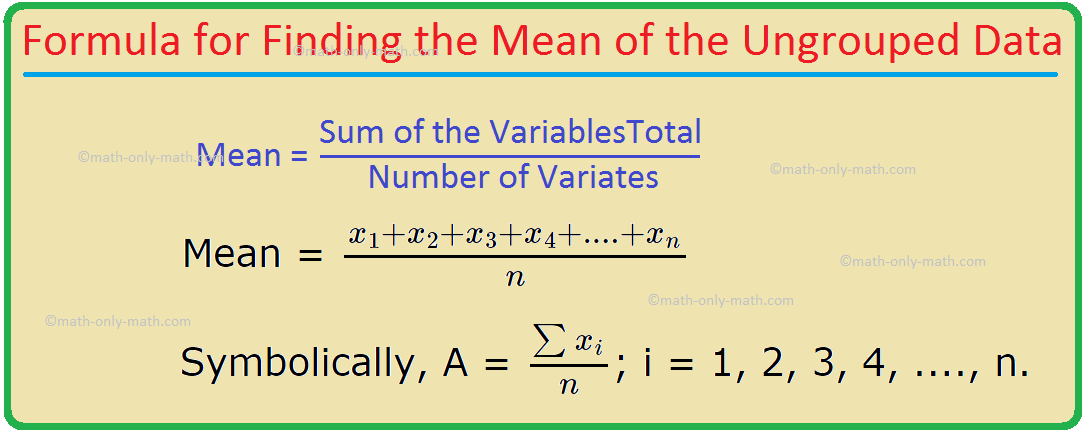


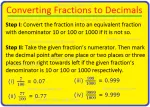
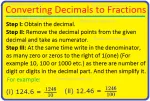
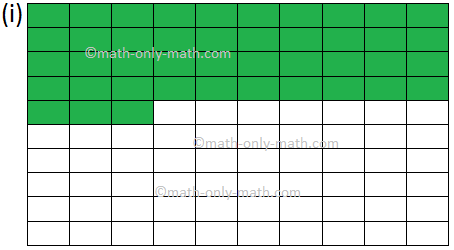
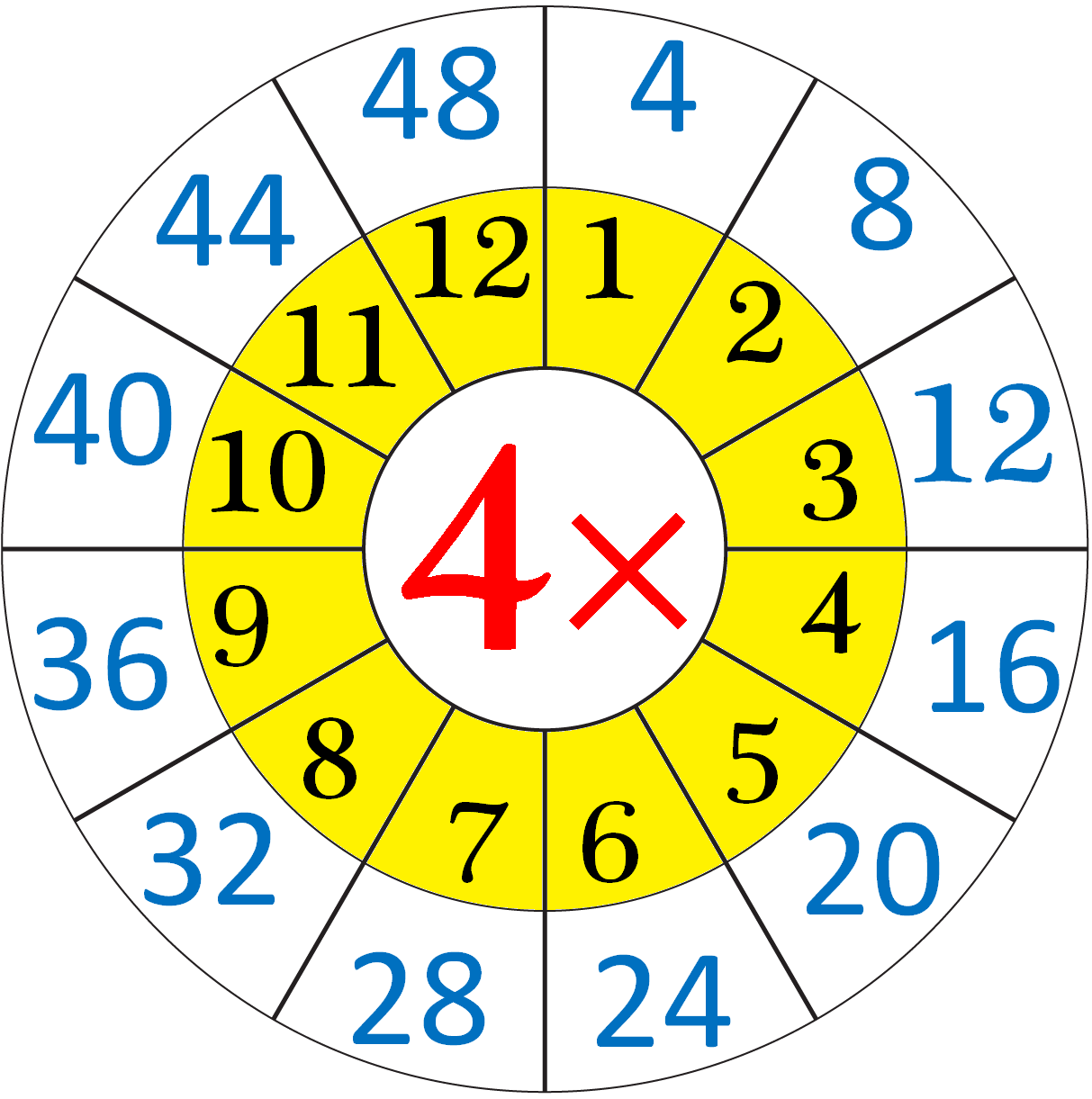
New! Comments
Have your say about what you just read! Leave me a comment in the box below. Ask a Question or Answer a Question.